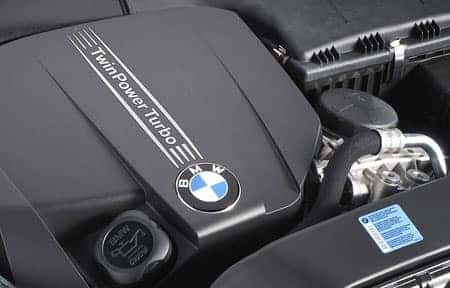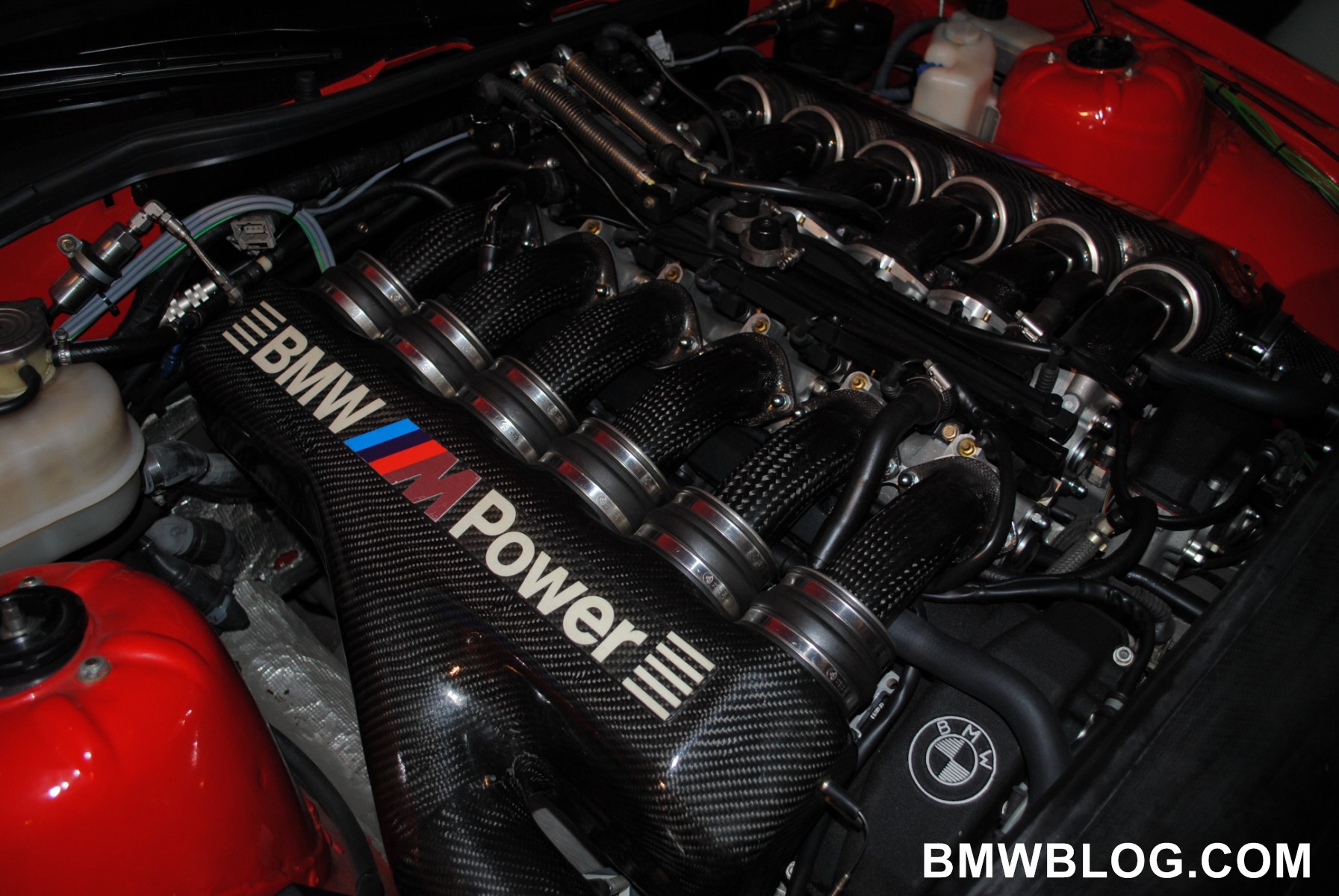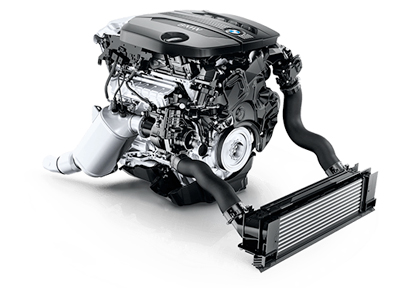The Evolution of the BMW Engine: A Look Back at Iconic Models
The Evolution of the BMW Engine: A Look Back at Iconic Models
Blog Article
Revealing the Intricacies of Next-Generation Power Units: a Deep Study Advanced Engine Layouts and Technologies
In the world of auto design, the relentless quest of effectiveness, performance, and sustainability has actually thrust the advancement of power devices to extraordinary heights. As we stand on the precipice of a brand-new period in transport, the intricacies of next-generation engine layouts bid us to check out the advanced innovations and technologies that guarantee to redefine the driving experience. From sophisticated materials that press the limits of longevity and weight reduction to advanced turbocharging and supercharging systems that boost power outcome to brand-new degrees, each element of these power units holds a key to opening the future of vehicle engineering. Delving much deeper into the realms of exhaust control, intelligent engine administration systems, and the horizon of power device advancement, we find ourselves on the cusp of a makeover that guarantees to improve the landscape of mobility as we recognize it.
Advancement of Engine Products

The shift in the direction of progressed engine products has additionally enabled engineers to develop engines with higher power outcomes while maintaining fuel effectiveness requirements. For instance, making use of lightweight products decreases the overall weight of the engine, leading to enhanced gas economic climate and reduced exhausts. Furthermore, advancements in materials innovation have allowed for better thermal monitoring within engines, resulting in increased reliability and longevity.
Turbocharging and Supercharging Technologies
Exactly How do Turbocharging and Supercharging Technologies transform engine efficiency and efficiency in modern vehicles? Turbocharging and turbo charging are innovations that substantially enhance engine efficiency by boosting the amount of air intake right into the combustion chamber. Turbocharging attains this by using a wind turbine driven by exhaust gases to pressurize the consumption air, while supercharging uses a belt- or chain-driven compressor to attain the exact same effect.
These modern technologies allow smaller, more fuel-efficient engines to generate power equivalent to bigger ones, referred to as downsizing. Forcibly more air into the cylinders, supercharging and turbocharging boost combustion effectiveness, resulting in increased horse power and torque result without a considerable increase in engine dimension. This causes much better velocity, hauling capability, and overall driving efficiency.
In addition, turbocharging and supercharging add to boosted gas effectiveness by permitting the use of smaller engines that eat less gas under typical driving problems - bmw engine. This mix of enhanced performance and performance has actually made turbocharging and supercharging important parts of many contemporary engine layouts
Emission Control and Environmental Effect
With enhancing worldwide problems pertaining to air top quality and environmental sustainability, the application of exhaust control technologies in cars plays an important role in lowering hazardous contaminants launched right into the ambience. Modern automobiles are geared up with innovative emission control systems that assist reduce the environmental effect of automobile operations. Catalytic converters, as an example, are created to transform toxic gases such as carbon monoxide, nitrogen oxides, and hydrocarbons into less dangerous materials like carbon dioxide and water vapor.
Furthermore, innovations in engine technology, such as the assimilation of exhaust gas recirculation systems and discerning catalytic decrease, have actually considerably added to reducing emissions. These technologies function in tandem to maximize combustion efficiency and decrease the launch of unsafe toxins right into the air. Additionally, the development of hybrid and electrical automobiles represents an important action towards reducing the overall ecological footprint of the transportation field.
Intelligent Engine Monitoring Equipment

Moreover, these systems enable automobiles to meet strict discharges criteria without jeopardizing efficiency, supplying a more eco-friendly driving experience. The assimilation of man-made knowledge and artificial intelligence capacities in engine management systems continues to press the boundaries of what is feasible, leading to additional renovations in performance, integrity, and general car performance. bmw engine. As auto technology advancements, smart engine management systems will play a vital function fit the future of transportation in the direction of an extra sustainable and reliable direction
Future Trends in Power Device Development
As intelligent engine administration systems lead the way for boosted control and optimization in modern cars, future fads in power device development are poised to redefine the landscape of auto propulsion technologies. One of the essential patterns driving technology in power unit growth is the shift towards electrification. With an enhancing concentrate on sustainability and minimizing carbon exhausts, crossbreed and electric powertrains are coming to be a lot more prevalent in the automotive sector. These alternate source of power provide boosted performance and efficiency while straightening with rigorous ecological laws.
Another significant fad is the assimilation of sophisticated materials and manufacturing methods. Light-weight materials such as carbon fiber and aluminum are being made use of to lower total lorry weight, improving fuel efficiency and efficiency. Furthermore, innovations in 3D printing and additive production are making it possible for the production of complex engine parts with greater precision and longevity.
In addition, expert system and artificial intelligence are playing an important role in enhancing power see here now system efficiency. These innovations allow for real-time surveillance and adaptive control, causing much more efficient and reliable power distribution. In general, future fads in power device advancement are tailored towards efficiency, sustainability, and performance, driving the auto industry towards a new era of propulsion modern technologies.

Final Thought
To conclude, the developments in engine materials, turbocharging, emission control, and smart management systems have actually paved the way for next-generation power systems. These developments have not just enhanced efficiency and efficiency yet also minimized ecological effect. As modern technology continues to advance, future trends in power system development are likely to concentrate on further improving sustainability and maximizing power output. The complex designs and developments in modern engines display the continuous advancement of automobile innovation.
Exploring the modern improvements in engine materials has been critical in improving the efficiency and effectiveness of contemporary engines. Over the years, the advancement of engine products has actually played a crucial role in pushing the boundaries of what engines can achieve.The shift towards advanced engine materials has also enabled engineers to design engines with higher power outputs while maintaining fuel efficiency requirements.The implementation of intelligent engine management systems in modern vehicles has actually transformed the way engines are managed and maximized for performance and efficiency. By gathering data in real-time and assessing it with sophisticated formulas, smart engine management systems can adjust to driving designs, ecological aspects, and engine health and wellness to make the most of power output while decreasing fuel consumption and emissions.
Report this page